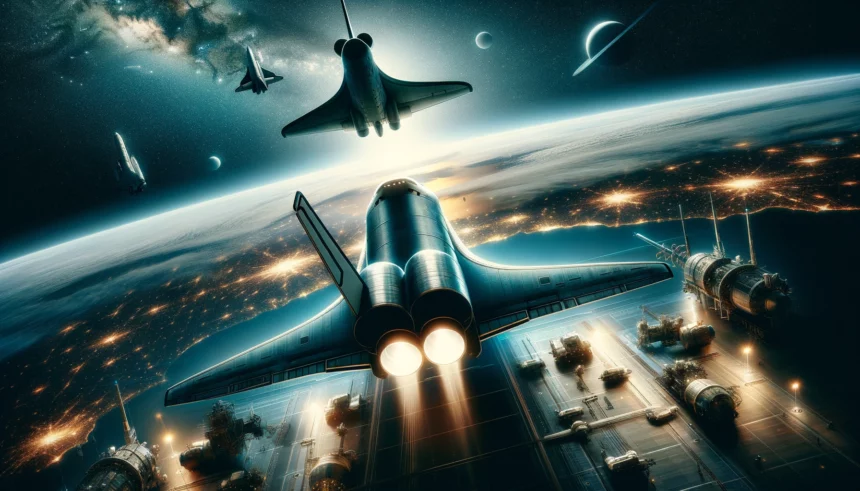For three decades, NASA’s space shuttle soared through low-Earth orbit, concluding its journey in 2011. Its successor, Orion, takes a nostalgic step back with its Apollo-esque conical capsule design, aimed at deep space exploration. Yet, the allure of the spaceplane—a craft that can glide through the atmosphere and land on a runway—has seen a resurgence. The US Space Force’s secretive X-37B and China’s Shenlong have kept the dream alive, orbiting Earth on classified missions.
Enter the Dream Chaser, Sierra Space’s pioneering commercial spaceplane. Poised for a test flight, it heralds a new chapter in space travel, potentially revolutionizing how we supply the International Space Station with both cargo and crew. Unlike capsules, spaceplanes offer smoother re-entries and landings, broadening landing zones and minimizing stress on their precious cargo.
However, spaceplanes come with their complexities and costs. Their advanced thermal protection systems (TPS) safeguard against re-entry’s brutal heat, demanding durability and repeated use to justify their expense. Despite these challenges, the vision of spaceplanes has captivated us since the dawn of spaceflight, from the ambitious yet unfulfilled Dyna-Soar project to the iconic space shuttle program, which proved the concept’s potential despite its operational hurdles.
Today, the legacy continues with operational spaceplanes like the X-37B, showcasing advanced materials and design techniques that promise a safer return from space. The Dream Chaser awaits its moment to prove that spaceplanes can be a viable, gentle alternative to capsules, marking a significant step toward a future where space access is more versatile and, perhaps one day, routine.
















